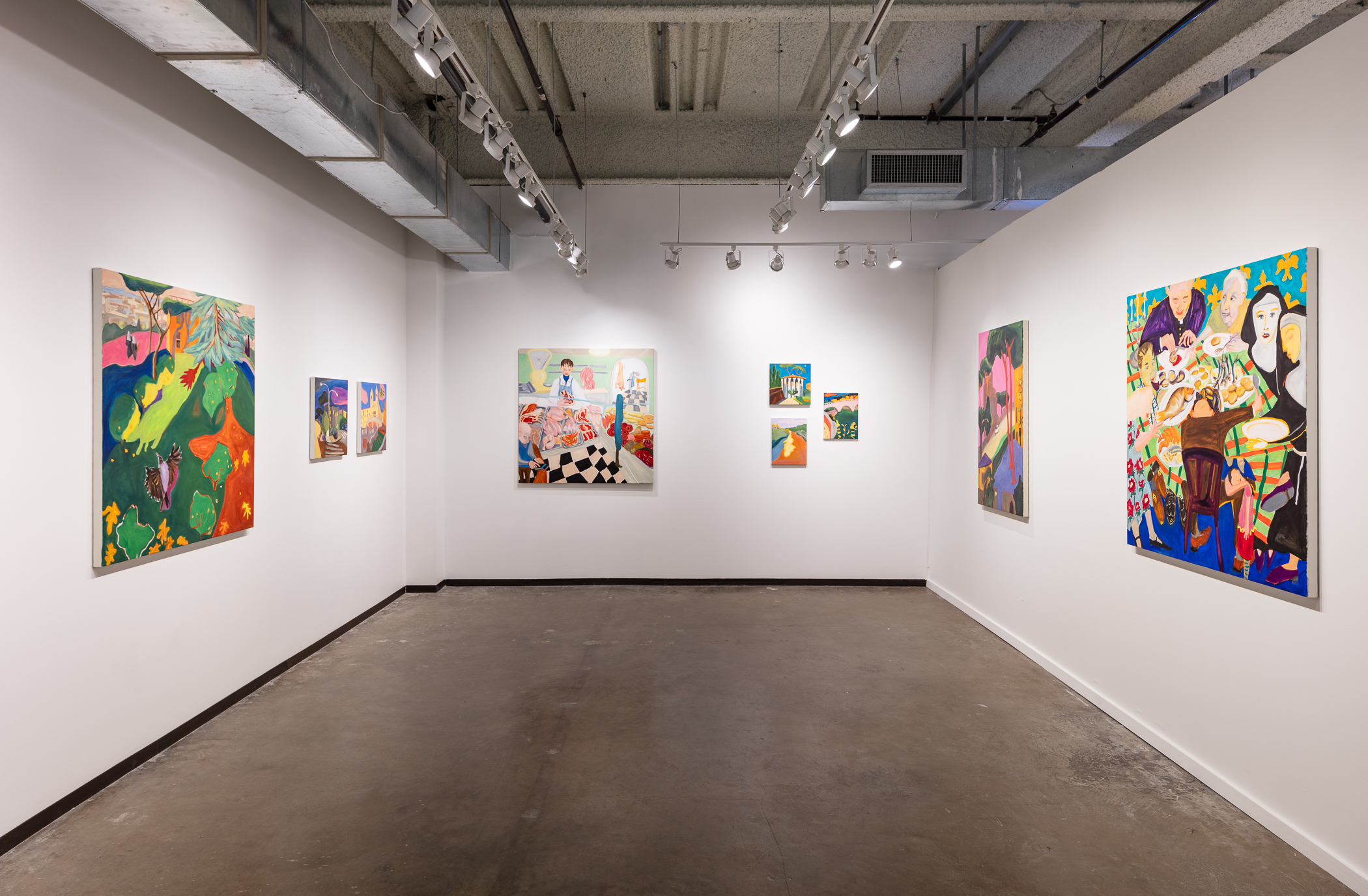plethora of concurrent art events and exhibitions. As the city solidifies its position as a vibrant cultural hub, it is worth taking a closer look at the transformative power of art in shaping the identity and trajectory of a city.
Art has always played a crucial role in human history, serving as a reflection of societal values and ideologies. Throughout the ages, cities have acted as epicenters for artistic movements, acting as havens for creative individuals and fostering innovation and experimentation. From the Renaissance in Florence to the Abstract Expressionism in New York, cities have been catalysts for artistic breakthroughs and have attracted like-minded individuals who nourished each other’s creativity.
However, the relationship between art and cities extends beyond the mere physical presence of artists and institutions. Art has the remarkable ability to create a sense of place and belonging, as it invites residents and visitors alike to engage with the stories and aspirations of a city. The presence of public art, for instance, not only beautifies public spaces but also sparks conversations and fosters a collective sense of pride. It transforms streets and squares into galleries without walls, making art accessible to all, regardless of socio-economic background.
This transformative power of art is particularly evident in Dallas. The city has undergone a remarkable transformation over the past decades, emerging as a cultural force to be reckoned with. The revitalization of the Arts District, home to world-class museums and performance spaces, has revitalized the city’s cultural landscape, attracting artists, collectors, and art enthusiasts from around the globe. The Dallas Art Fair, now in its 16th edition, has become a significant event not only for the art world but also for the city itself, as it contributes to its cultural and economic growth.
It is not merely the aesthetic appeal of art or the economic benefits derived from cultural tourism that make art valuable to cities. Art has the power to spark dialogue and challenge the status quo, giving voice to marginalized communities, and addressing pressing social and political issues. Through mediums such as photography, painting, and sculpture, artists can shed light on injustices, provoke thought, and inspire change. They serve as mirrors to society, holding up a reflection that can be uncomfortable but necessary for growth and progress.
As cities continue to evolve, with shifting demographics and changing landscapes, the role of art becomes ever more critical. It serves as a reminder of a city’s history, as well as a catalyst for innovation and inclusion. By investing in arts and culture, cities not only enhance their quality of life but also attract talent and foster a sense of community. The Dallas Art Fair and the vibrant arts scene it represents are a testament to the transformative power of art and its ability to shape the identity and trajectory of a city. As we navigate the challenges and opportunities of the future, let us remember the profound impact that art can have in creating a city that is truly vibrant and inspiring.

